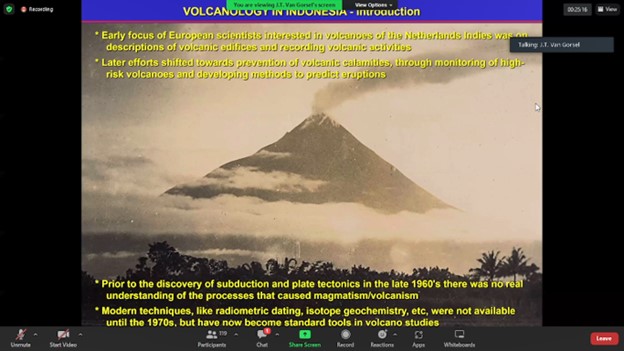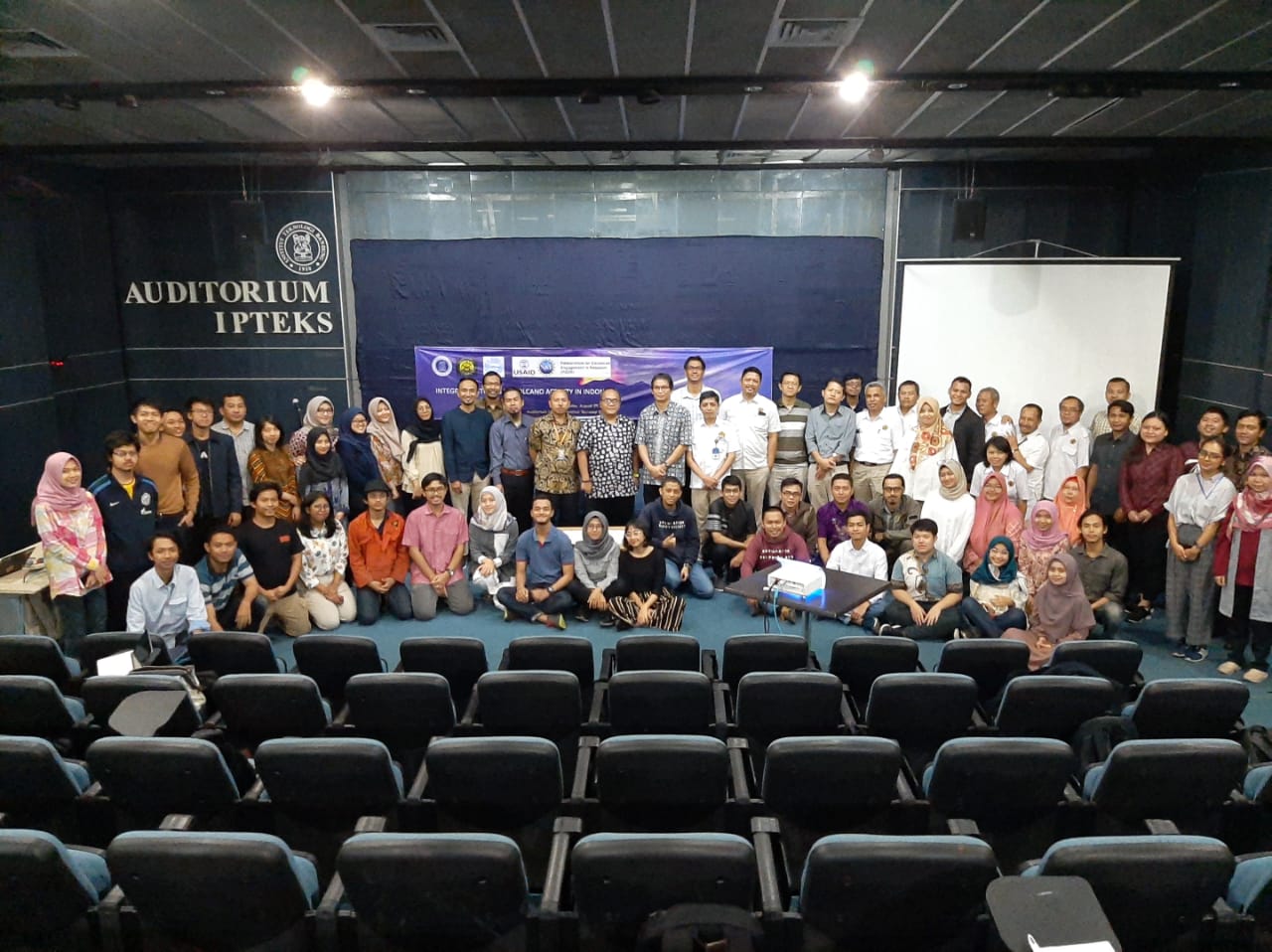Monitoring Volcanoes from Space

BANDUNG, itb.ac.id - Indonesia is known as a country that sits on the ring of fire. Therefore, Indonesia often experiences earthquakes and volcanic activity, so there is a need for monitoring especially in active mountain areas. However, not all mountains can be monitored due to limitations in access and instruments.
In responding to these challenges, the Faculty of Earth Sciences and Technology invited a guest lecturer, Alessandro Novellino, from the British Geological Survey to discuss monitoring volcanoes from outer space. The public lecture with the theme "Observing Volcanoes from Space" was held online on Friday (9/10/2020).
"The material is very important, because more than a million Indonesians live in volcanic areas that are prone to eruptions. As we all know, not all mountains can be monitored, so a satellite is needed to solve this problem," said Irwan Meilano as the Dean. In addition, he added that this guest lecture is the right time for us to learn more about volcano activities in Indonesia so that we can mitigate it to minimize the risk.
Furthermore, in the exposure session, Novelliona said that the key information or parameters to assess the risk of a volcano can be seen from changes in gas emission levels, hydrology, heat flow, seismicity, and soil deformation. "This parameter is very important to monitor to find out the abnormal situation in the volcano area. Some of these parameters can be monitored via satellites which provide information relating to volcanic activity," he added.
One of the applications in monitoring volcanoes from outer space is the use of Earth Observing (EO). This medium is useful for gathering information about planets using satellite-based remote sensing. "With EO we can be in the atmosphere, outer space, or on the surface of the earth without touching the object. And it is very important to know the parameters of volcanic activity," Novelliona explained.
He continued, EO is very important to be implemented. This is because not all volcanoes can be monitored instrumentally, so we don't know what is happening. Therefore, with the help of EO it can be a complement to gathering information. "For Indonesia, EO is very important to be implemented, because Indonesia has more than 10,000 islands and more than 100 active volcanoes, so the cost will be very expensive if monitored manually. Therefore EO can be a solution," he said.
Novelliona provides an example of volcano monitoring using EO in Indonesia, namely Mount Anak Krakatau. From observations, the results obtained are much cleaner with good resolution so that researchers can get a lot of data or information from the results of the EO image. "From Anak Krakatau mountain activities, EO can provide information related to the volume of subaerial and submarine debris, degassing characteristics and emission activity, and changes in topographic & coastal characteristics," he concluded.
Reporter : Deo Fernando
Translator : Elisabeth Sirumapea

scan for download






